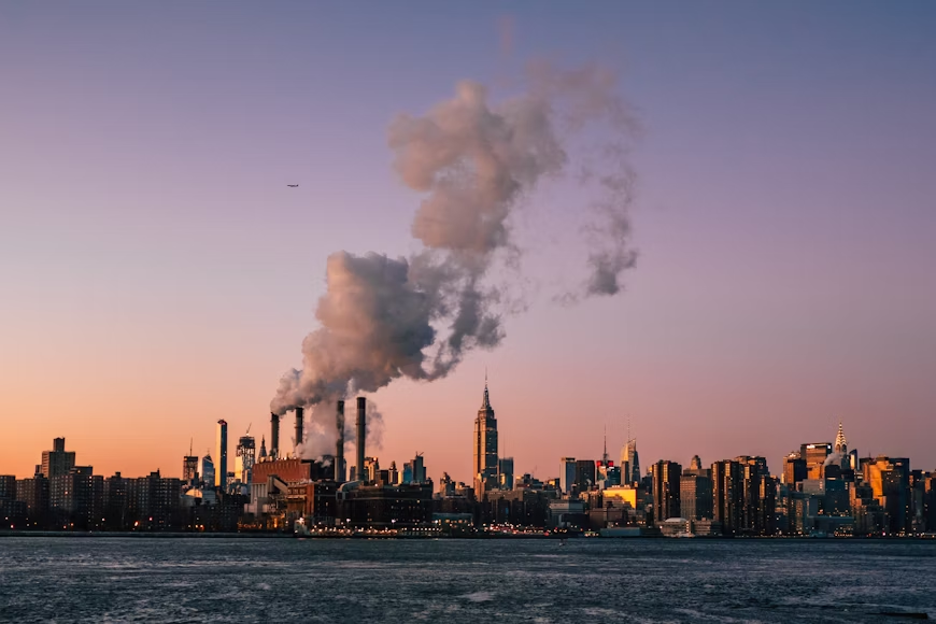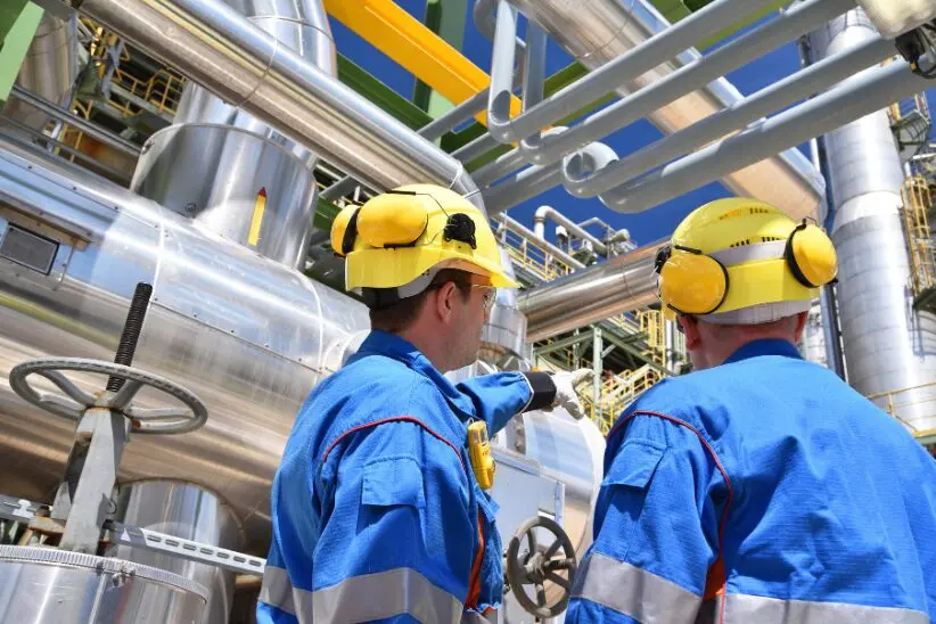Environmental Impact Assessments (EIAs) are a core requirement in the planning and approval of petrochemical projects. They help developers understand how a proposed facility might affect its surroundings and provide a framework for reducing environmental risks.
As demand for petrochemical products continues to grow, EIAs are becoming even more important, especially in regions prioritizing sustainable industrial growth. Let’s take a look at how EIAs are applied in the sector, what they include, and why they matter for long-term operational success.

Importance of EIAs in Large-Scale Industrial Projects
Large-scale petrochemical projects can significantly change local environments, from air and water quality to biodiversity and land use. So Environmental Impact Assessments (EIAs) can help ensure that such developments proceed responsibly.
They provide a structured process that supports both compliance and sustainable growth. In industrial zones, EIAs are especially important for keeping development aligned with long-term planning goals.
Key benefits of EIAs include:
- Early identification of environmental risks
- Reduced risk of legal or regulatory delays
- Clear guidance for mitigation strategies
- Support for sustainability and ESG goals
This approach helps balance operational needs with environmental responsibility.
Key Components of a Petrochemical EIA
A comprehensive Environmental Impact Assessment (EIA) in the petrochemical sector covers several critical elements, including:
- Project Description: Objectives, location, and infrastructure details.
- Baseline Conditions: Air and water quality, soil characteristics, biodiversity, and socioeconomic context.
- Impact Identification: Analysis of emissions, waste, hazardous materials, and potential risks.
- Mitigation Measures: Proposed strategies to reduce negative effects on air, soil, and water.
- Regulatory Compliance: Alignment with national and international environmental laws.
- Monitoring and Management: Long-term environmental plans, emergency responses, and alternatives.
These components ensure petrochemical projects proceed responsibly, minimizing harm and supporting regulatory approvals.
Mitigation Strategies for Air, Soil, and Water
Effective mitigation in petrochemical projects involves clear protocols for pollution control and resource protection:
- Water: Procedures are set for storing, transporting, and disposing of hazardous materials to prevent spills or leaks. In addition, wastewater treatment plants are used for both industrial and municipal streams, ensuring effluent quality meets environmental standards.
- Soil: Proper handling and disposal of hazardous and non-hazardous solid waste, including drilling mud cuttings, helps reduce land contamination.
- Air: Air pollution and noise are addressed through control systems that enhance local environmental quality.
Cumulative Impact Analysis in Industrial Zones
Cumulative impact analysis looks at how multiple projects (past, present, and future) collectively affect the environment in one area. Instead of evaluating a single project, it examines combined effects on air, water, soil, ecosystems, and nearby communities.
In petrochemical zones, this helps decision-makers understand when environmental limits are being approached and whether a new project might cause harm. It also supports smarter planning by guiding where and how to build without adding to existing environmental pressures.
Monitoring and Reporting Obligations

Once a petrochemical plant is running, its environmental performance must be tracked in real time, not just at set milestones. Egyptian law (Law 4/1994) tasks the Egyptian Environmental Affairs Agency (EEAA) with operating national monitoring networks that measure emissions, effluent quality, and other key indicators. To stay in line with these requirements, companies must regularly submit data to the EEAA and maintain consistent compliance reporting.
The Environmental Management Plan (EMP), developed during the EIA, outlines exactly what must be measured, how often, and by whom. Beyond meeting legal requirements, sharing summary findings with regulators and local communities promotes transparency and enables early action on emerging risks.
A prime example is Anchorage Investments, led by Dr. Ahmed Moharram, whose $2.5 billion Anchor Benitoite petrochemical complex in the Suez Canal Economic Zone reflects a strong commitment to long-term monitoring, compliance, and sustainable industrial development.
Integrating EIAs with ESG Frameworks
EIAs offer empirical data on a project’s environmental footprint. ESG (Environmental, Social, and Governance) frameworks use this data to guide responsible business practices. Together, they align short-term impact with long-term sustainability goals.
This helps firms meet stakeholder expectations and improve risk management. The integration also supports investor confidence by showing that environmental risks are actively assessed and addressed.
Examples of Successful EIA Implementation
One strong example is the EDC cracking unit at the Amereya plant in Alexandria. Its EIA included baseline environmental studies, public consultation, and a full monitoring plan, helping meet both regulatory and operational goals.
Besides that, there’s the SEGAS Damietta LNG Complex. As one of Egypt’s major LNG export facilities, the project underwent a full EIA encompassing socio-environmental assessments, marine and terrestrial baseline surveys, and stakeholder engagement, which is key for risk management and regulatory compliance.
Final Thoughts
Environmental Impact Assessments (EIAs) are no longer a formality; they’re a foundation for responsible petrochemical development. They help align industrial growth with sustainability, regulatory compliance, and community engagement.
As projects become more complex, early and thorough assessments are key to ensuring long-term operational success.